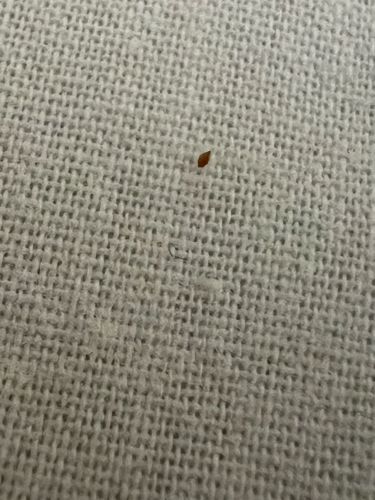Bed Bug
Scientific Name: Cimex lectularius (Most common species)
Order & Family: Hemiptera, Cimicidae
Size: Adults typically 4-5 mm (0.16-0.20 inches) long; nymphs are smaller.

Natural Habitat
Primarily human dwellings (beds, mattresses, bed frames, furniture, cracks and crevices in walls and flooring), also found in hotels, public transportation, and other shared spaces with human hosts.
Diet & Feeding
Strictly hematophagous, feeding exclusively on the blood of warm-blooded animals, primarily humans.
Behavior Patterns
Nocturnal; they hide during the day in crevices and emerge at night to feed. They are attracted to carbon dioxide and body heat. They are wingless and move by crawling. Bed bugs undergo incomplete metamorphosis.
Risks & Benefits
Risks: Bed bug bites can cause itchy welts, skin irritation, and, in some cases, allergic reactions. They can lead to secondary skin infections from scratching. While not known to transmit diseases, their presence can cause significant psychological distress, sleep deprivation, and financial burden due to eradication efforts. Benefits: None to humans; they are considered a pest.
Identified on: 10/7/2025